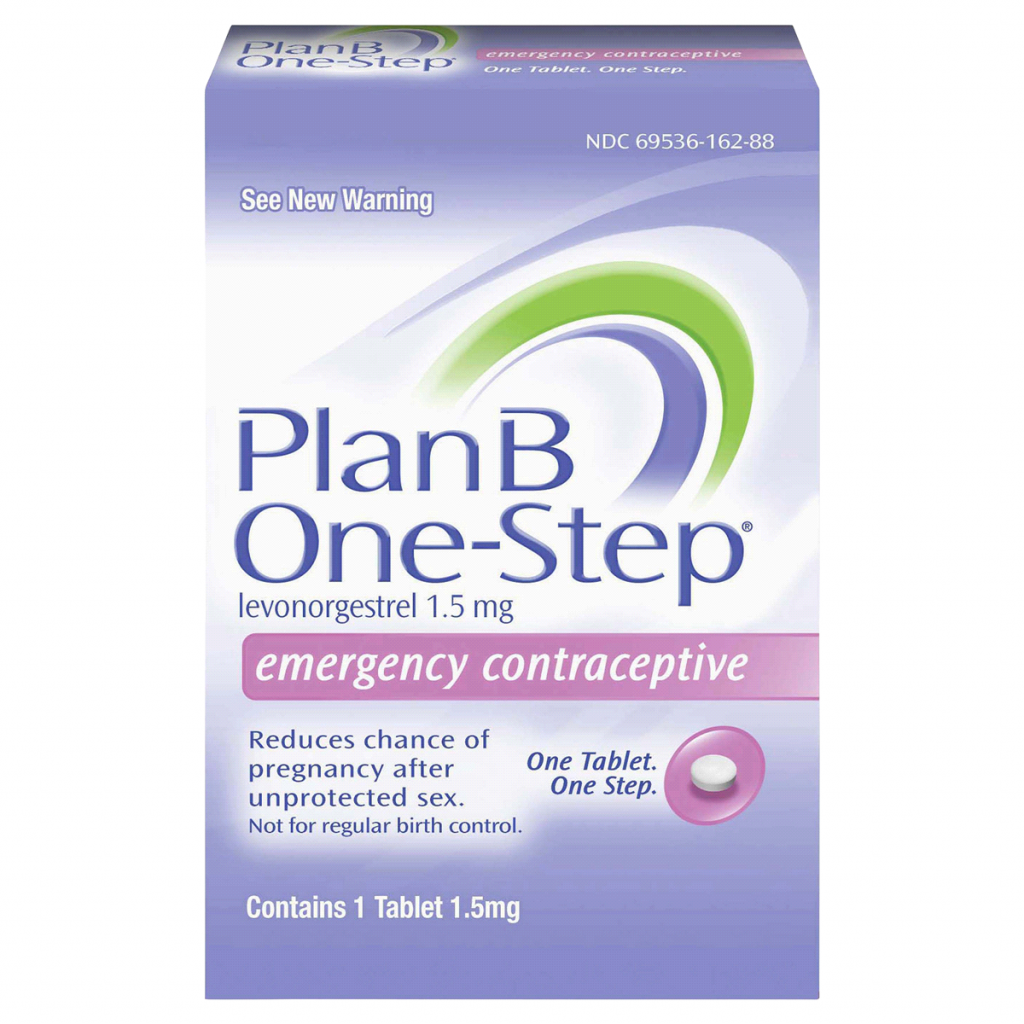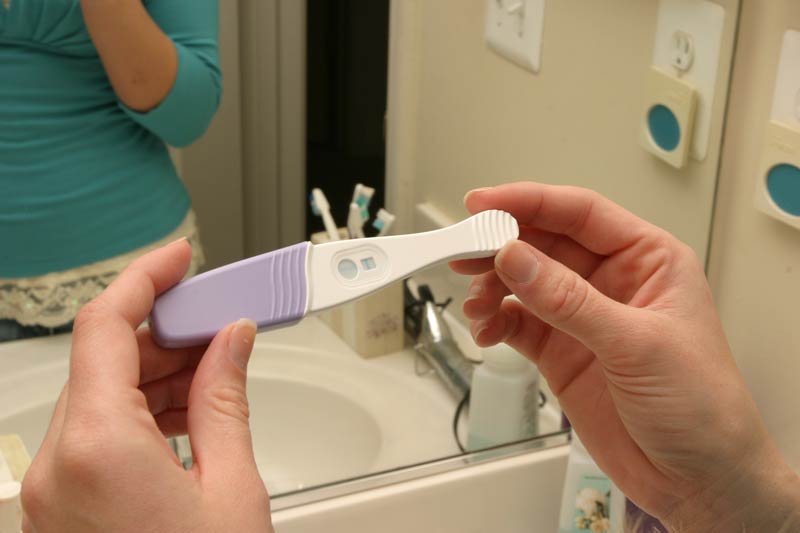Considering Abortion? – Facing an unexpected pregnancy? We’re here to help.
Whether you need somebody to discuss your options, answer your questions, or just hear your concerns, our doors are open.

Contact us to share your thoughts and feelings about what you are going through.
Abortion Procedures
The Abortion Pill
This abortion procedure goes by many names, including medication abortion, RU-486, and Mifeprex/mifepristone. This drug is only approved by the U.S. Food and Drug Administration for use in women up to the 49th day after her last menstrual period;[1] but it’s commonly used off-label past 49 days—even though this is against FDA guidelines.
If a doctor recommends the abortion pill even though you’re more than 49 days (seven weeks) pregnant, it might be best to look for a medical professional who cares about your health and well-being enough to abide by FDA regulations.
This procedure usually requires three office visits:
- On the first visit, the woman is given pills to cause the death of the embryo (human being in early stages of development).
- Two days later, if the embryo has not been expelled from her body, the woman is given a second drug (misoprostol).
- One to two weeks later, the woman returns for an evaluation to determine if the procedure has been successfully completed.
Note: The abortion pill won’t work in the case of an ectopic pregnancy.[2] This is a potentially life-threatening condition in which the embryo implants outside the uterus, usually in the fallopian tube. If an ectopic pregnancy is not diagnosed early, the tube may burst, causing internal bleeding and—in some cases—death.
First-Trimester Aspiration Abortion—Up to Twelve or Thirteen Weeks of Pregnancy[3]
This surgical abortion is performed throughout the first trimester (though some abortion providers may use this technique up to 16 weeks of pregnancy). Depending upon the provider and the cost, varying methods of pain control are offered, ranging from local anesthetic to full general anesthesia. In the first trimester, local anesthesia is most commonly used, while IV (intravenous) sedation is used far less frequently.
Before the abortion can take place, the woman’s cervix must be opened so the instruments may pass through. The clinician does this either by inserting dilators (metal or water-absorbing) into the cervix, or by using a drug administered orally or vaginally. The degree of dilation required depends upon the stage of the pregnancy.
Once the woman’s cervix is dilated, the abortion provider may use either a manual vacuum aspirator or an electric suction instrument to remove the contents of the uterus, including the embryo or fetus (human being in first or second stage of development), placenta and other tissue.
The abortion provider passes the instrument through the cervix and into the uterus. Once inside, the instrument will suction out the uterine contents. After the uterus has been emptied, the clinician will remove the suction instrument and inspect the woman’s cervix for bleeding.
To ensure that the abortion is complete and nothing has been left behind, the abortion provider may choose to use sharp curettage (a loop-shaped knife) and make a final pass with the suction instrument to ensure nothing has been left behind.
After the procedure the woman may be ushered into a recovery room. The amount of time spent in recovery varies. If complications from the procedure have occurred, the woman may notice immediately or up to about two weeks after.
Dilation and Evacuation (D&E)—About Thirteen Weeks and Onward[4]
This surgical abortion is done during the second trimester of pregnancy. In this procedure, the cervix must be opened wider than a first trimester abortion because of the size of the growing fetus. This is done by dilating the cervix about one to two days before the procedure.
On the day of the abortion procedure, the dilators are removed. If the pregnancy is early enough in the second trimester, using suction to remove the fetus may be enough. This is sometimes called a suction D&E, and is similar to a first-trimester aspiration abortion.
As the pregnancy progresses to a further state of development, it becomes necessary to use forceps to remove the fetus, which becomes too large to pass through the suction instrument. Before inserting the forceps, the clinician will find the location of the fetus through ultrasound or by feeling the outside of the woman’s abdominal area.
Once the fetus has been located, the abortion provider will insert the forceps into the uterus and begin to extract the contents. The clinician keeps track of what fetal parts have been removed so that none are left inside that could cause infection.
Finally, a curette and/or suction instrument is used to remove any remaining tissue or blood clots to ensure the uterus is empty. After the procedure, the woman will most likely be taken to a recovery room. The length of time spent in recovery varies.
Dilation and Evacuation (D&E) after Potential Viability—About Twenty-Four Weeks and Onward
When the abortion occurs at a time when the fetus could have otherwise been delivered, injections are given to cause fetal death. This is done in order to comply with the federal law requiring a fetus to be dead before complete removal from his/her mother’s body.
The medications (digoxin and potassium chloride) are either injected into the amniotic fluid, the umbilical cord, or directly into the fetus’ heart. The remainder of the procedure is the same as the Dilation and Evacuation procedure described previously.
Intact D&E (Dilation and Evacuation)
The more passes the forceps must make into the uterus, the more the potential for complications and infections increases. This is why an intact D&E is preferable when the cervix can be dilated far enough to allow for the procedure.
Because the cervix must be opened wider, dilators are usually inserted into the woman a couple of days in advance. Depending upon the age of the fetus, the skull may be too large to pass through the cervix. In this case, the skull must be crushed so it can be removed. To do this, the abortion provider uses forceps to make an opening at the base of the skull in order to suction out the contents. The fetus can then be removed intact using the forceps.
Second-Trimester Medication Abortion

This abortion procedure terminates the pregnancy by causing the death of the fetus and expelling the contents of the uterus.
The cervix may be softened either with the use of seaweed sticks called laminaria or medications at the start of the procedure. Once the cervix is prepared, various combinations of medications are administered, typically a mixture of mifepristone (taken orally) and misoprostol (either oral or vaginal). Mifepristone causes the amniotic sac (containing the fetus, placenta and pregnancy-related tissue) to detach from the uterus, resulting in fetal death, while misoprostol induces labor to deliver the fetus, placenta and other pregnancy-related tissue.
Because some women prefer to begin the abortion with a dead fetus, a variant of this procedure is sometimes done using digoxin or potassium chloride. This medication is injected into the amniotic fluid, umbilical cord, the fetus, or fetal heart prior to the procedure, terminating the pregnancy. Soon after, the woman will receive drugs, usually misoprostol, to cause the uterus to contract and expel the fetus and placenta. If the abortion has not occurred within 3 hours of the last dose of the medication, the procedure will be restarted the next day.
Effective pain regimens for second-trimester medication abortions have not been well-established. Potential complications include hemorrhage, infection, and the need for a blood transfusion, retained placenta and uterine rupture.
Our center offers consultations and accurate information about all pregnancy options; however, we do not offer or refer for abortion services. The information on this website is intended for general education purposes only and should not be relied upon as a substitute for professional counseling and/or medical advice.…











